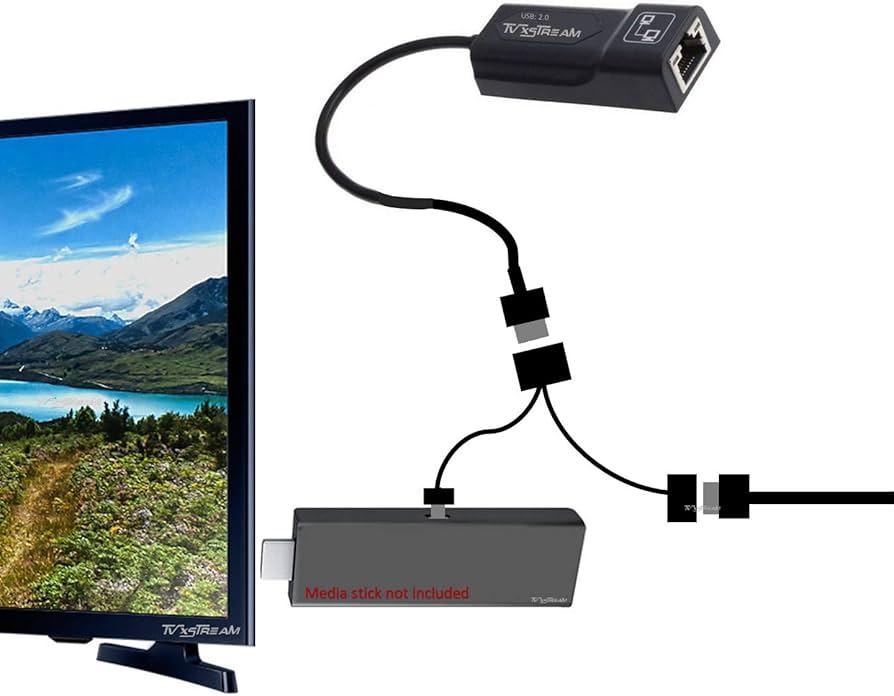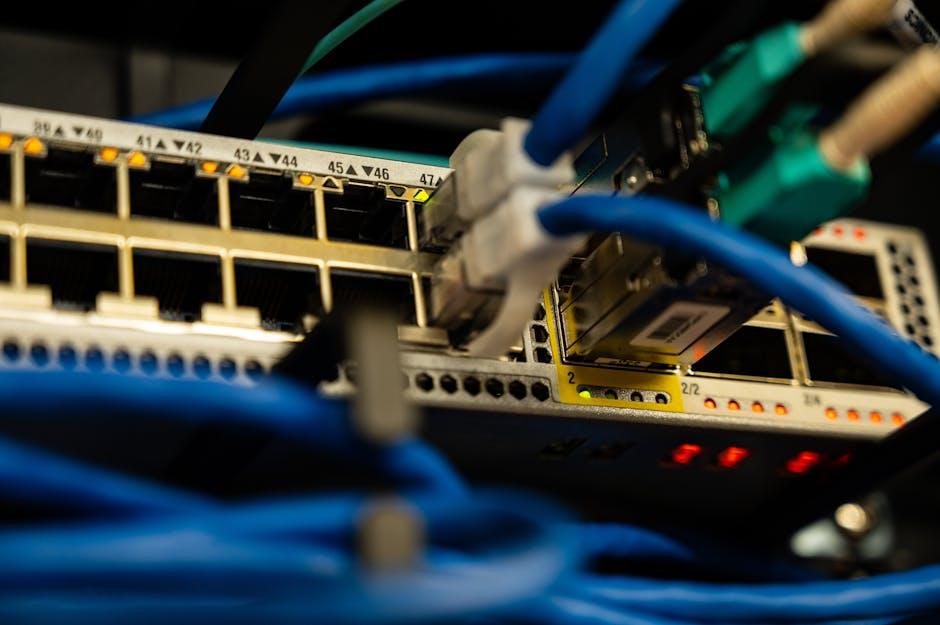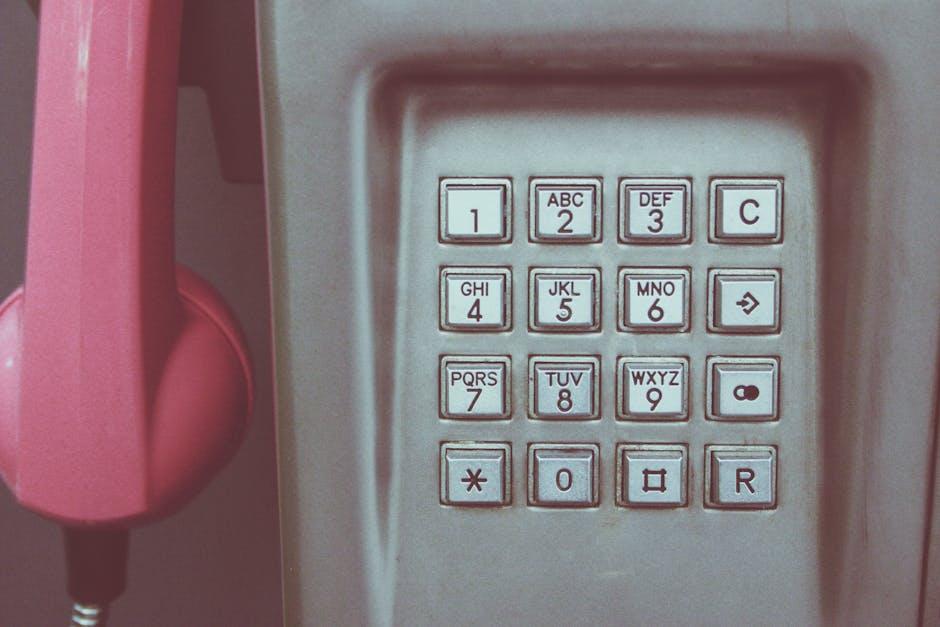In today’s digital age, streaming has become an integral part of our entertainment and work routines, offering seamless access to movies, music, live events, and more. However, the frustration of buffering and lag can often interrupt the experience, detracting from the enjoyment and efficiency that streaming promises. While many factors can influence streaming performance, one of the most effective solutions is transitioning from a wireless to a wired internet connection. This article will guide you through the benefits of using a wired connection for streaming and provide practical steps to enhance your streaming performance, ensuring a smoother and more reliable viewing experience. Whether you’re a casual viewer or a dedicated streamer, understanding the advantages of a wired setup can help you maximize your streaming potential.
Understanding the Benefits of Wired Connections for Streaming
In the quest for flawless streaming, a wired connection often emerges as the unsung hero. Unlike its wireless counterpart, a wired connection offers a consistent and stable data transfer, significantly reducing the risk of buffering and latency issues. Ethernet cables are less susceptible to interference from other devices, ensuring a smooth and uninterrupted streaming experience. This stability is particularly beneficial for streaming high-definition content, where even minor disruptions can impact video quality. With a wired connection, you can enjoy reduced latency, which is crucial for activities like live streaming and online gaming.
- Reliability: Wired connections provide a steady and reliable link, crucial for uninterrupted streaming.
- Speed: Typically faster than Wi-Fi, allowing for quicker loading times and smoother playback.
- Security: More secure as it’s less vulnerable to interference and unauthorized access.
- Consistency: Offers consistent performance, reducing the chances of experiencing bandwidth fluctuations.
For those who rely on streaming as a primary source of entertainment or work, investing in a wired connection can lead to a noticeable improvement in performance. By minimizing disruptions and maximizing data flow, a wired setup ensures your content is delivered as intended, enhancing your overall viewing experience.

Selecting the Right Ethernet Cable for Optimal Performance
When it comes to enhancing your streaming experience, choosing the correct Ethernet cable is crucial. Ethernet cables are not all created equal, and their specifications can significantly affect your network speed and reliability. Here are some factors to consider:
- Category Rating: Ethernet cables are categorized by numbers like Cat5e, Cat6, and Cat6a. Higher numbers generally indicate faster speeds and better performance. For streaming, a Cat6 or Cat6a cable is recommended due to their ability to handle higher bandwidths and reduce crosstalk.
- Cable Length: The length of the cable can impact performance. While Ethernet cables can run up to 100 meters without significant signal loss, shorter cables are always preferable for maintaining optimal speeds.
- Shielding: If you’re dealing with a lot of electromagnetic interference (EMI) from other devices, consider using shielded cables (STP or FTP) to minimize interference and ensure a stable connection.
- Connector Quality: Ensure that the RJ45 connectors are well-made and fit snugly into the Ethernet ports. Poor-quality connectors can lead to intermittent connectivity issues.
By selecting the appropriate Ethernet cable, you can ensure that your wired connection provides the best possible performance, reducing buffering times and maintaining high-quality streaming.
Proper Router Placement and Configuration for Enhanced Streaming
Achieving optimal streaming performance with a wired connection requires strategic router placement and meticulous configuration. Start by positioning your router in a central location within your home to minimize the distance between your devices and the router. Avoid placing the router near walls, metal objects, or electronic devices that can cause interference. If possible, elevate the router on a shelf or mount it on a wall to reduce obstructions.
Configuration is equally crucial for seamless streaming. Ensure your router is using the latest firmware to benefit from performance improvements and security patches. Consider the following configuration tips:
- Enable Quality of Service (QoS) settings to prioritize streaming traffic over other types of data.
- Assign a static IP address to your streaming device for a more stable connection.
- Disable unnecessary features like guest networks or unused ports to free up bandwidth.
With these adjustments, your wired connection will deliver a more reliable and high-quality streaming experience.

Troubleshooting Common Wired Connection Issues
When dealing with wired connection issues, it’s essential to systematically diagnose and address potential problems. Check your Ethernet cables for any visible damage or wear, as a faulty cable can significantly impact your streaming quality. Ensure that all connections are secure and that the cables are properly plugged into both your streaming device and router.
If the hardware appears intact, consider the following steps to troubleshoot further:
- Restart your router: Sometimes, a simple reboot can resolve connectivity issues.
- Test with another device: Connect a different device to the same Ethernet cable to see if the problem persists, which can help determine if the issue lies with the cable or the original device.
- Check network settings: Ensure that your device’s network settings are configured correctly and that it’s set to prioritize the wired connection over any available Wi-Fi networks.
- Update firmware: Make sure your router and streaming device have the latest firmware updates installed to fix any known bugs or issues.
By methodically addressing each potential problem, you can often resolve wired connection issues and improve your streaming performance effectively.







































